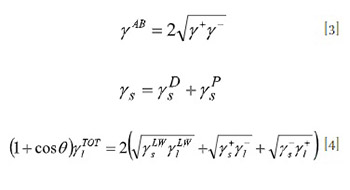Physico-Chemical Characterisation Of Different Clindamycin Phosphate Samples
DOI:
https://doi.org/10.17305/bjbms.2007.3078Keywords:
clindamycin phosphate, contact angle, surface free energy, DSC, TGA, surface morphology, SEM, recrystallizationAbstract
For the majority of the pharmaceutical dosage forms, the substances that are used maintain solid state under the standard storage conditions, i.e. powders. The interactions of pharmaceutical powders (active ingredient(s) and excipients) with liquids and vapors (particularly aqueous solutions and their vapors) occur almost always during the production process. From the physical point of view, the interactions among individual components may differ from the expected because chemically identical substances obtained from different producers vary very much. These differences influence either the production process and/or the pharmaceutical form properties. In order to overcome these problems it is necessary to establish a control over the physico-chemical properties of the used materials.
The aim of this work was to determine physico-chemical properties of three powder clindamycin phosphate samples (labeled as sample S1, S2 and S3) acquired through different suppliers. All the analysis were made for the purpose of establishing possible differences among the tested samples that showed variable physical stability in the solution: recrystallization of the S3 sample in the aqueous solution has been established during storage under standard conditions. On the basis of the obtained data it was possible to recognize the differences among the tested clindamycin phosphate samples and to explain the anomalous behavior of one sample.
The surface free energy components for the investigated clindamycin phosphate samples were determined using Wu and Goodvan Oss method. The investigated clindamycin phosphate samples exhibit certain differences in surface free energy values as well as in surface morphology and thermal behavior. Comparison of γ+ and γ- values leads to the conclusion that all three clindamycin phosphate samples perform as monopolar, more electron acceptors, i.e. Lewis acids. However, an important difference exists between samples S1 and S2 on one and S3 on the other side. Sample S3 exhibits stronger acidic behavior, what could be connected with its recrystallization during the storage.
The samples S1, S2 and S3 have different melting points e.g. “onset” temperatures. When the melting points move towards 200oC, the width of the “onset” temperature peak is especially important. In the case of wider peak, the potential for recrystallization seems to be higher.
According to the stated, the sample S1 would be the “sample of choice” for the formulation of the stable pharmaceutical dosage form and has not shown any recrystallization tendencies during the storage period.
Citations
Downloads

Downloads
Published
How to Cite
Accepted 2018-01-25
Published 2007-05-20









